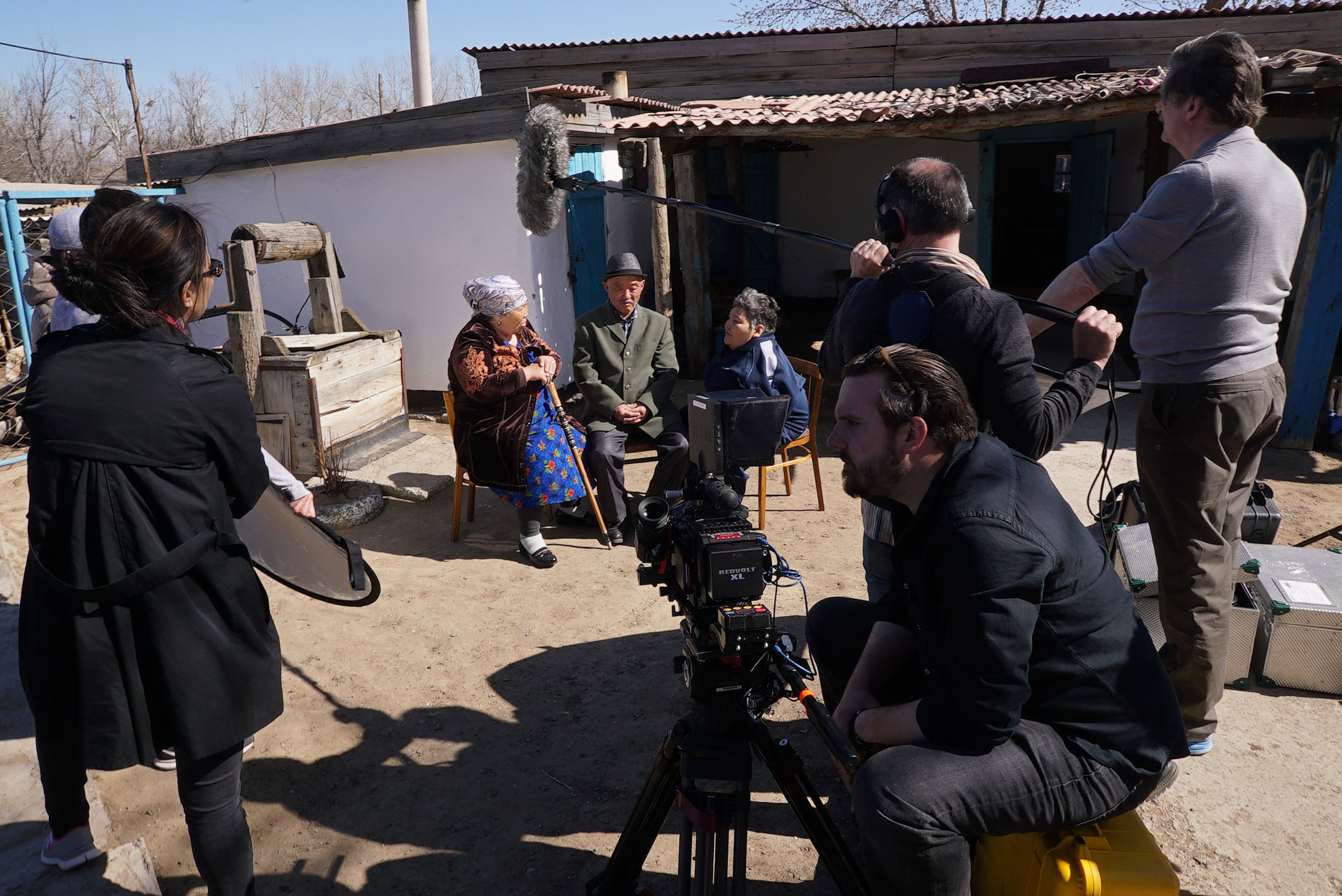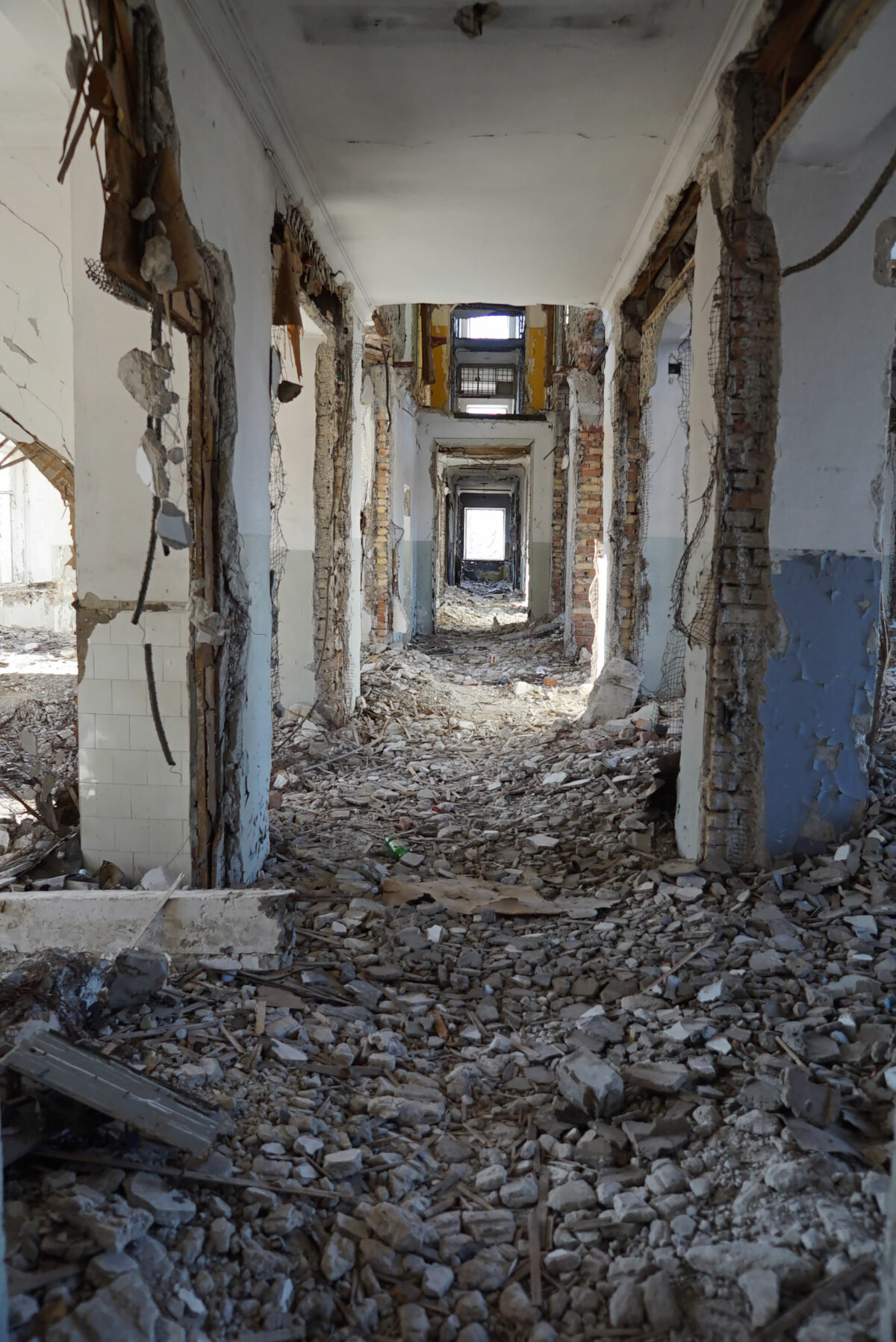“Two main dangers threaten life on earth: Universal destruction due to thermonuclear war or destruction due to the resulting environmental consequences.” Andrei Sakharov
To millennials, the Cold War belongs to the annals of history. The daily fear of armageddon caused by nuclear weapons is a reality that belongs to our parents’ childhoods, not ours. And yet there are over 15,000 active nuclear warheads in the world today. Obama’s administration recently announced plans to spend $1 trillion over the next 30 years to rebuild and modernize the US’s nuclear weapons arsenal. The UK has voted to renew Trident, and North Korea has tested five nuclear weapons and claims to have more stockpiled. Pakistan, Russia, India, China and France are all pursuing their own nuclear projects. International politics are arguably in a more delicate state than during the Cold War, and the world’s nuclear capabilities have risen sharply.
“Two main dangers threaten life on earth: Universal destruction due to thermonuclear war or destruction due to the resulting environmental consequences.”
Director André Singer’s most recent documentary strikes a powerful chord in the wake of all this. During the second half of the twentieth century the Soviet Union detonated 456 nuclear bombs on the Kazakh Steppe, with total disregard for communities living around the site. Where the Wind Blew gives a voice to the hidden victims of the struggle for nuclear supremacy, and shows the power of the human spirit in the wake of unimaginable suffering. The film follows the story of a poet, a painter and a musician who have used the redemptive power of art to overcome their cruel inheritance. Both painful and poignant, Where the Wind Blew reveals the horrific consequences of normalising nuclear warfare, and acts as a chilling warning about the delicate balance of world politics today.



Where the Wind Blew is produced by Spring Films and will be shown at film festivals in 2017.
If you want to check out some of FvF’s productions, you can find them in our video section.
Photography:Richard Blanshard
Text:Alice Popplewell

